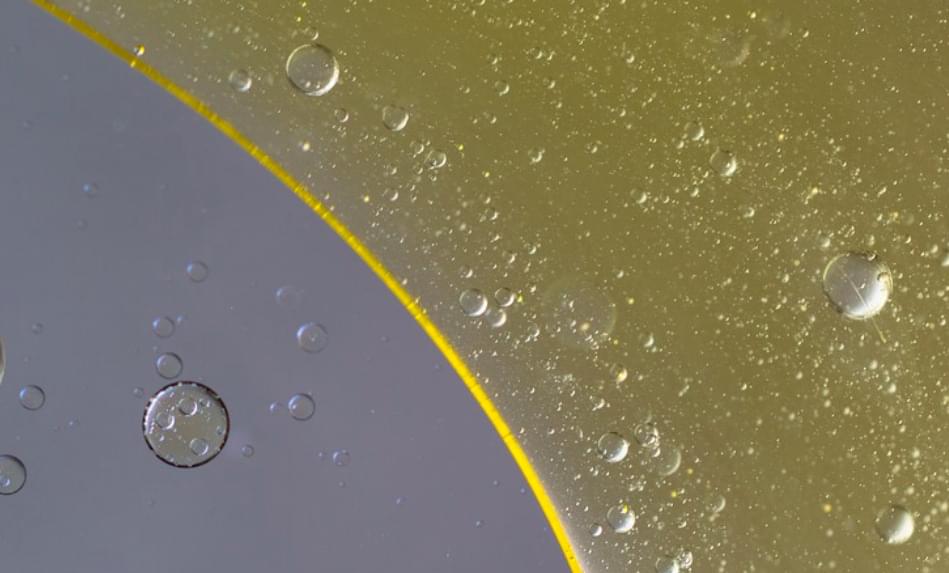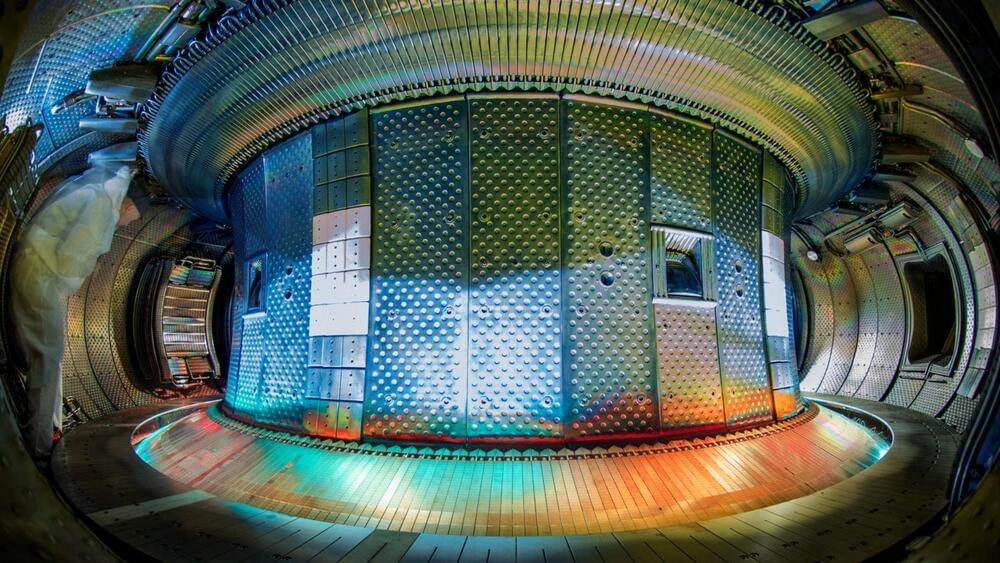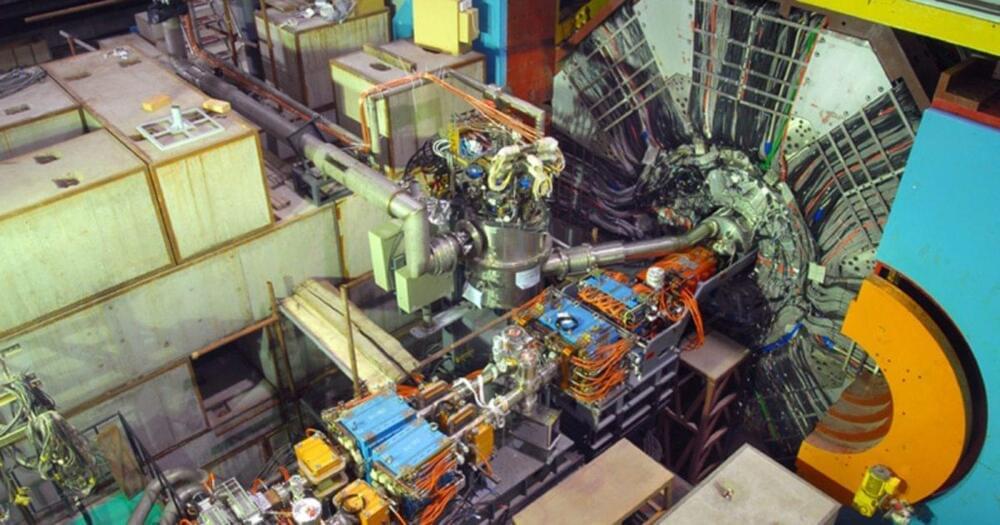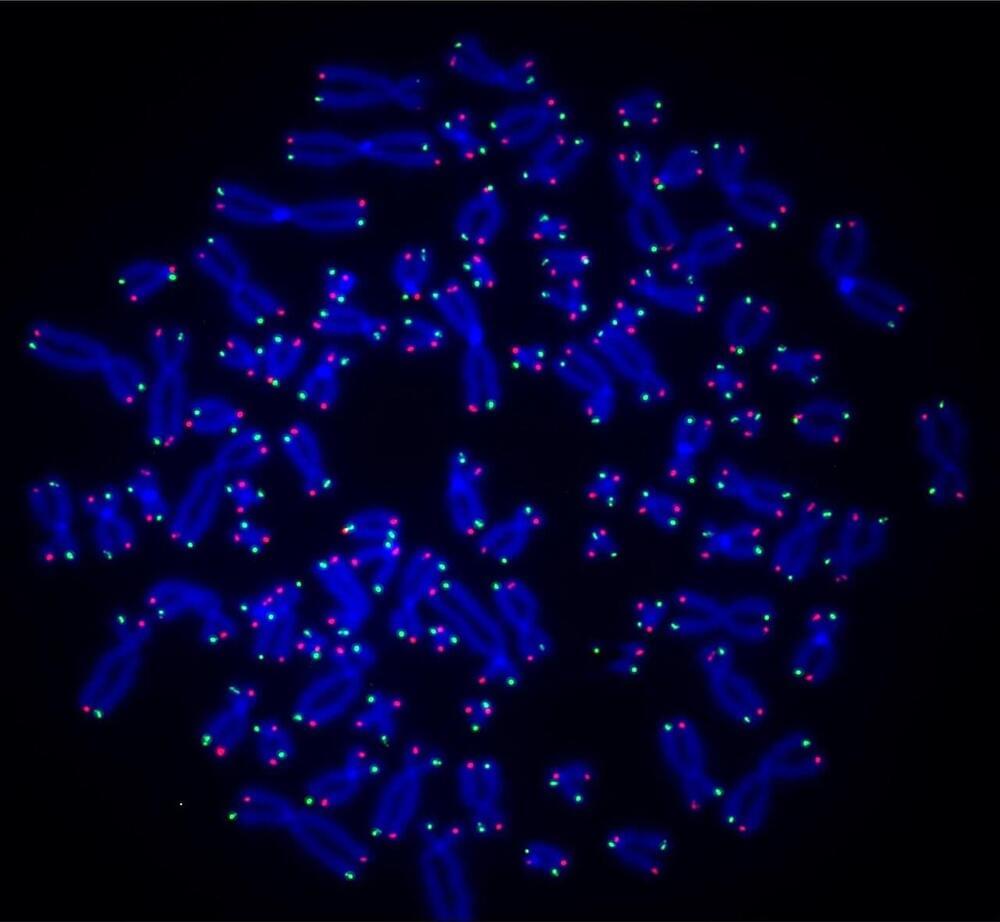May 7, 2024
Blautia Bacteria’s Crucial Role as a Gut Barrier Shield is Revealed
Posted by Shubham Ghosh Roy in categories: biotech/medical, food, health
Western diets that are high in sugars, fats, and processed foods have been linked to a wide variety of health ailments. Now, researchers have determined that Western diets can also disrupt the crucial barrier in the gastrointestinal tract known as the gut mucosa. This disruption can raise an individual’s risk of inflammation and infectious disease. Scientists have also identified a gut microbe called Blautia that has an important role in shielding the gut mucosa. The findings have been reported in Nature Communications.
“Our results contribute to an increased understanding of how the intestinal bacteria and the mucus layer work together, which may eventually lead to new treatment strategies for diseases linked to the Western diet such as the inflammatory bowel disease ulcerative colitis,” said first study author Sandra Holmberg, a graduate student at Umeå University.

















